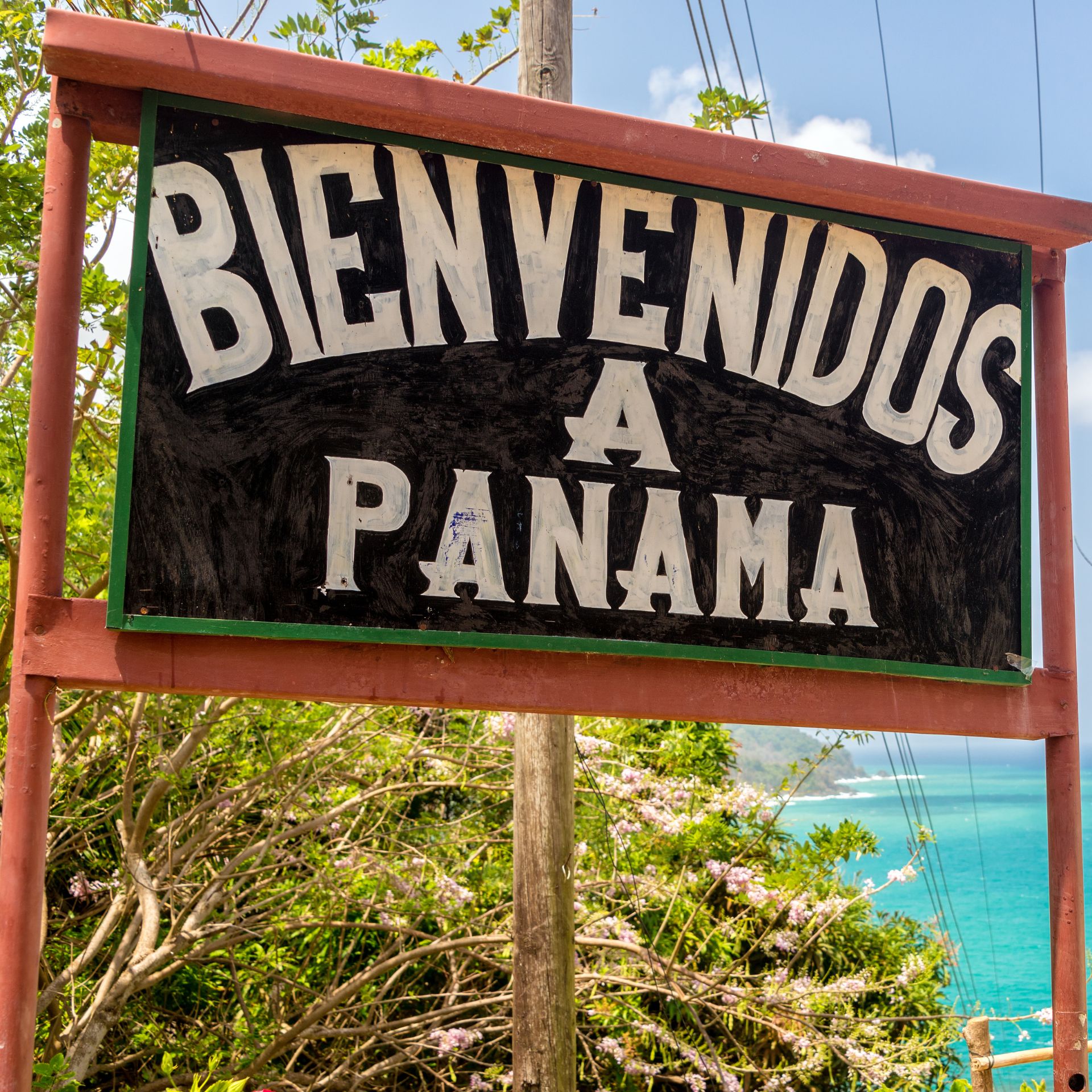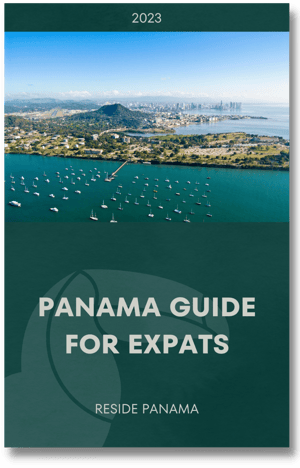The Panama Guide for Expats 2024
Panama is a popular destination for ex-pats or people who move to a foreign country to live and work. Panama country is known for its diverse and vibrant ex-pat community. Learn more about this beautiful country on this page.
Living in Panama – The Panama Guide for Expats
Living in Panama can be rewarding, with many opportunities to explore the country's rich culture and natural beauty. Panama City, the capital and largest city, is a modern and cosmopolitan city with a bustling economy, a thriving arts and cultural scene, and a range of restaurants, shops, and entertainment options. Panama is known for its relatively low cost of living.
On this page:
- Panama in General
- The Economy of Panama
- Moving to Panama
- Retiring in Panama
- Popular Expat Communities
- Pros and Cons of living in Panama
- Cost of Living in Panama
- Panama Permanent Residency
- Healthcare in Panama
- Raising Children in Panama
- Leisure in Panama
Panama in General
Panama is a country located in Central America, with a population of about 4.3 million people. It is bordered by Costa Rica to the west, Colombia to the east, and the Pacific Ocean and the Caribbean Sea to the north and south. Panama is known for its canal, an essential route for international maritime trade.
Location
Panama is a country located in Central America, bordered by Costa Rica to the west, Colombia to the southeast, the Caribbean Sea to the north, and the Pacific Ocean to the south. It is the southernmost country of Central America and is known for its canal, which links the Pacific and Atlantic Oceans. The capital and largest city of Panama is Panama City.
Provinces of Panama
Panama is divided into nine provinces, which are further divided into districts and corregimientos. The provinces are:
- Bocas del Toro: Bocas del Toro is a province of Panama located in the Caribbean Sea. The province is made up of several islands, including Isla Colon, Isla Cristobal, and Isla Bastimentos. The area is known for its beautiful beaches and clear waters, which make it a popular destination for tourists. The main industries in the region are tourism and fishing. The province's capital is Bocas del Toro City, located on Isla Colon.
- Chiriquí: Chiriquí is a province of Panama located in the western part of the country. The province is known for its mountainous terrain and is home to several national parks, including La Amistad International Park and the Barú Volcano National Park. The capital of the province is the city of David, which is the second largest city in Panama. The main industries in the region include agriculture, tourism, and forestry. The province is known for its coffee production and is home to several coffee plantations.
- Coclé: Coclé is a province of Panama located in the central part of the country. The capital of the province is the city of Penonomé. Coclé is known for its rich history and cultural heritage, with several archeological sites that date back to the pre-Columbian era. The main industries in the region include agriculture, tourism, and manufacturing. The province is known for producing sugarcane, corn, and rice. It is also home to several rivers, including the Chucunaque, Bayano, and Chepo.
- Colón: Colón is a province of Panama located on the Caribbean Sea side. The capital of the province is the city of Colón, which is one of the largest cities in the country. The province is known for its historical and cultural significance, as it was the site of the Panama Canal Zone during the construction of the Panama Canal. The main industries in the region include tourism, commerce, and logistics. The province is home to several ports, including the Port of Colón, the largest port in Central America.
- Darién: Darién is a province of Panama located in the eastern part of the country. The capital of the province is the city of La Palma. Darién is known for its dense rainforests and is home to the Darién National Park, which is the largest national park in Panama and is a UNESCO World Heritage Site. The main industries in the region include agriculture, forestry, and ecotourism. The province is known for its production of rubber, cocoa, and timber. It is also home to several indigenous communities, including the Emberá and Wounaan.
- Herrera: Herrera is a province of Panama located in the central part of the country. The capital of the province is the city of Chitré. Herrera is known for its fertile lands and is an important agricultural region in Panama. The main industries in the region include agriculture, livestock, and forestry. The province is known for producing sugarcane, corn, and rice.
- Los Santos: Los Santos is a province of Panama located in the southwestern part of the country. The capital of the province is the city of Las Tablas. Los Santos is known for its rich cultural heritage and is home to several historical and cultural attractions, including the Parque Nacional de los Santos and the Iglesia de San Juan Bautista. The main industries in the region include agriculture, livestock, and tourism. The province is known for producing sugarcane, corn, and rice. It is also home to several beaches, including Playa El Arenal and Playa Venao.
- Panamá: Panamá is a province of Panama located in the central part of the country. The capital of the province is the city of Panamá, which is also the national capital. The province is known for its economic and cultural significance, as it is the center of Panama's financial and commercial activities. The main industries in the region include finance, commerce, and tourism. The province is home to several important landmarks and attractions, including the Panama Canal, the Casco Antiguo, and the Metropolitan Natural Park.
- Veraguas: Veraguas is a province of Panama located in the central part of the country. The capital of the province is the city of Santiago de Veraguas. Veraguas is known for its natural beauty and is home to several national parks and protected areas, including the Coiba National Park and the Santa Fe National Park. The main industries in the region include agriculture, tourism, and forestry.
Each province has its unique culture and attractions, and many people visit different parts of the country to experience the variety of landscapes and lifestyles that Panama offers. For example, the province of Bocas del Toro is known for its beautiful beaches and laid-back atmosphere, while the province of Darién is home to dense rainforests and rich indigenous culture. Panama's capital city, Panama City, is located in the province of Panamá.
Population of Panama
As of 2021, the population of Panama is estimated to be around 4.4 million people. The country has a relatively young population, with a median age of 30.4 years. Panama also has a diverse population, with a mix of indigenous groups, Spanish descendants, Afro-Panamanians, and people of other ethnicities.
Over the past several decades, Panama's population has grown rapidly, driven by a combination of natural increase and immigration. The country has a relatively high fertility rate, with an average of 2.3 children per woman. In addition, Panama has attracted a significant number of immigrants, particularly from other Latin American countries and the Caribbean.
The population of Panama is concentrated in urban areas, with over 75% of the population living in cities. The largest city is Panama City, which is the country's capital and home to around 1.8 million people. Other major cities in Panama include Colón, David, and Santiago de Veraguas.
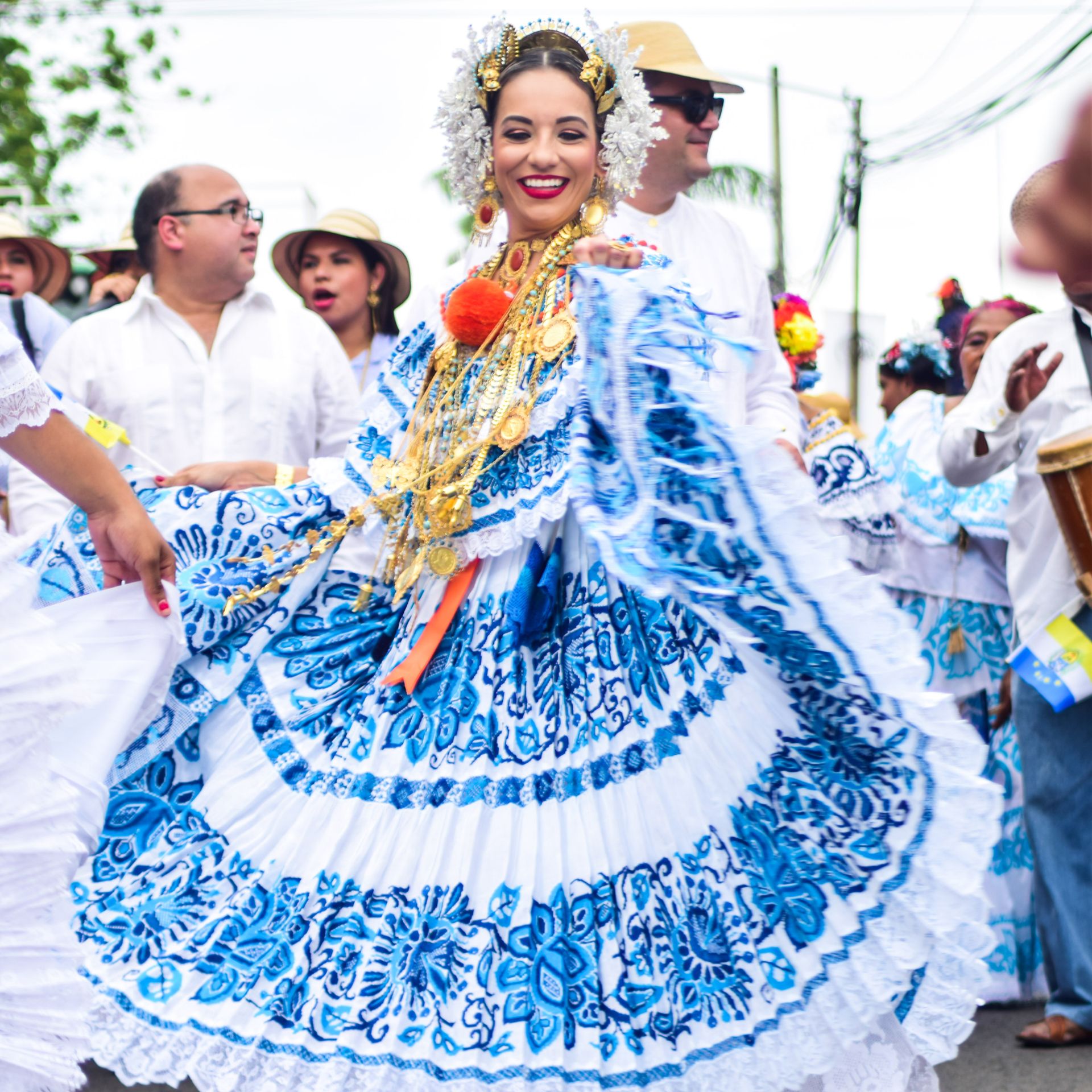
National Holidays in Panama
Panama celebrates several national holidays throughout the year. These holidays are typically marked by public events and ceremonies, as well as special closures of schools, businesses, and government offices. Some of the national holidays celebrated in Panama include:
- New Year's Day (January 1): This holiday marks the beginning of the new year. Many people celebrate with parties and fireworks.
- Martyr's Day (January 9): This holiday commemorates the death of a group of Panamanian students who were killed by the Spanish colonial authorities in 1856.
- Carnival (February or March): This is a lively and colorful festival that takes place just before the start of Lent. It is celebrated with parades, music, dancing, and other festive activities.
- Good Friday (March or April): This is a religious holiday that commemorates the death of Jesus Christ. It is typically marked by church services and other religious observances.
- Labor Day (May 1): This holiday celebrates the contributions of workers and the labor movement. It is typically marked by parades and other public events.
- Independence Day (November 3): This holiday celebrates Panama's independence from Spain, which was declared in 1821. It is typically marked by parades, military ceremonies, and other public events.
- Christmas Day (December 25): This holiday celebrates the birth of Jesus Christ. It is typically marked by church services, gift-giving, and family gatherings.
Overall, Panama celebrates a variety of national holidays throughout the year, and these holidays are an important part of the country's cultural heritage.
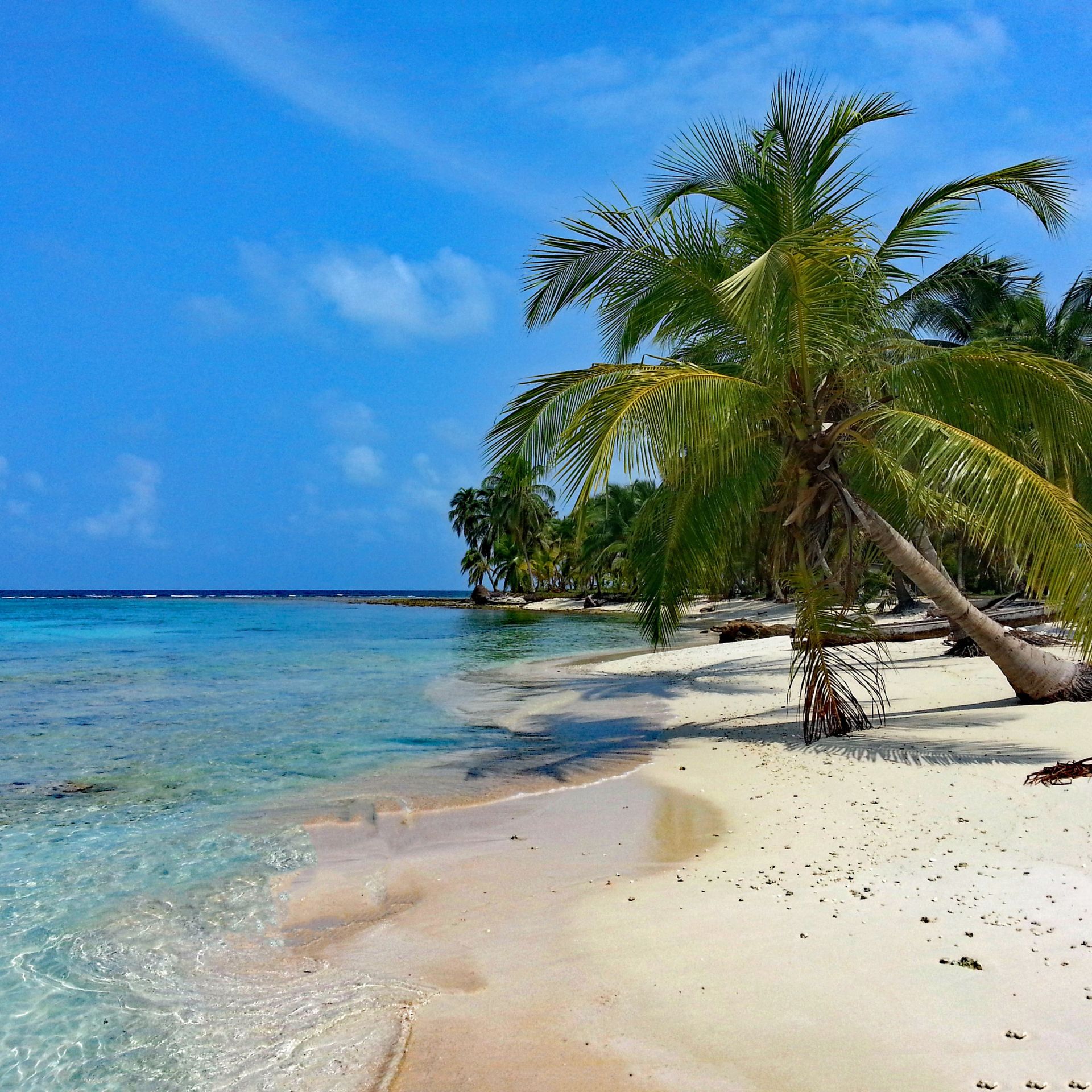
Panama's Tropical Climate
Panama has a tropical climate, with warm temperatures and high levels of humidity throughout the year. The country has two main seasons: the dry season, which runs from January to April, and the wet season, which runs from May to December.
During the dry season, Panama experiences warm and sunny weather, with temperatures ranging from the low 70s to the low 90s Fahrenheit. The dry season is the most popular time for tourists to visit Panama, as the weather is pleasant and the days are sunny.
During the wet season, Panama experiences a significant amount of rainfall, particularly in the months of June, July, and October. The wet season is also a warm time of year, with temperatures ranging from the mid-70s to the low 90s Fahrenheit. Despite the rainfall, the wet season is also a popular time for tourists to visit Panama, as the weather is still warm and the country experiences a vibrant green landscape.
Overall, Panama has a warm and pleasant climate throughout the year, with a mix of sunny and rainy days. Visitors to Panama should be prepared for high levels of humidity, especially during the wet season.
Panama wildlife
Panama is home to a wide variety of wildlife, thanks to its diverse ecosystem and location at the intersection of North and South America. Some of the most common animals you might see in Panama include monkeys, sloths, iguanas, snakes, and birds. Panama is also home to many unique species, such as the Panamanian golden frog, the harpy eagle, and the jaguar. In addition to its land-based wildlife, Panama is also known for its marine life, with many different species of fish, dolphins, and whales living in its waters. Overall, Panama is a great place for wildlife enthusiasts to explore and learn about the many different species that call this country home.
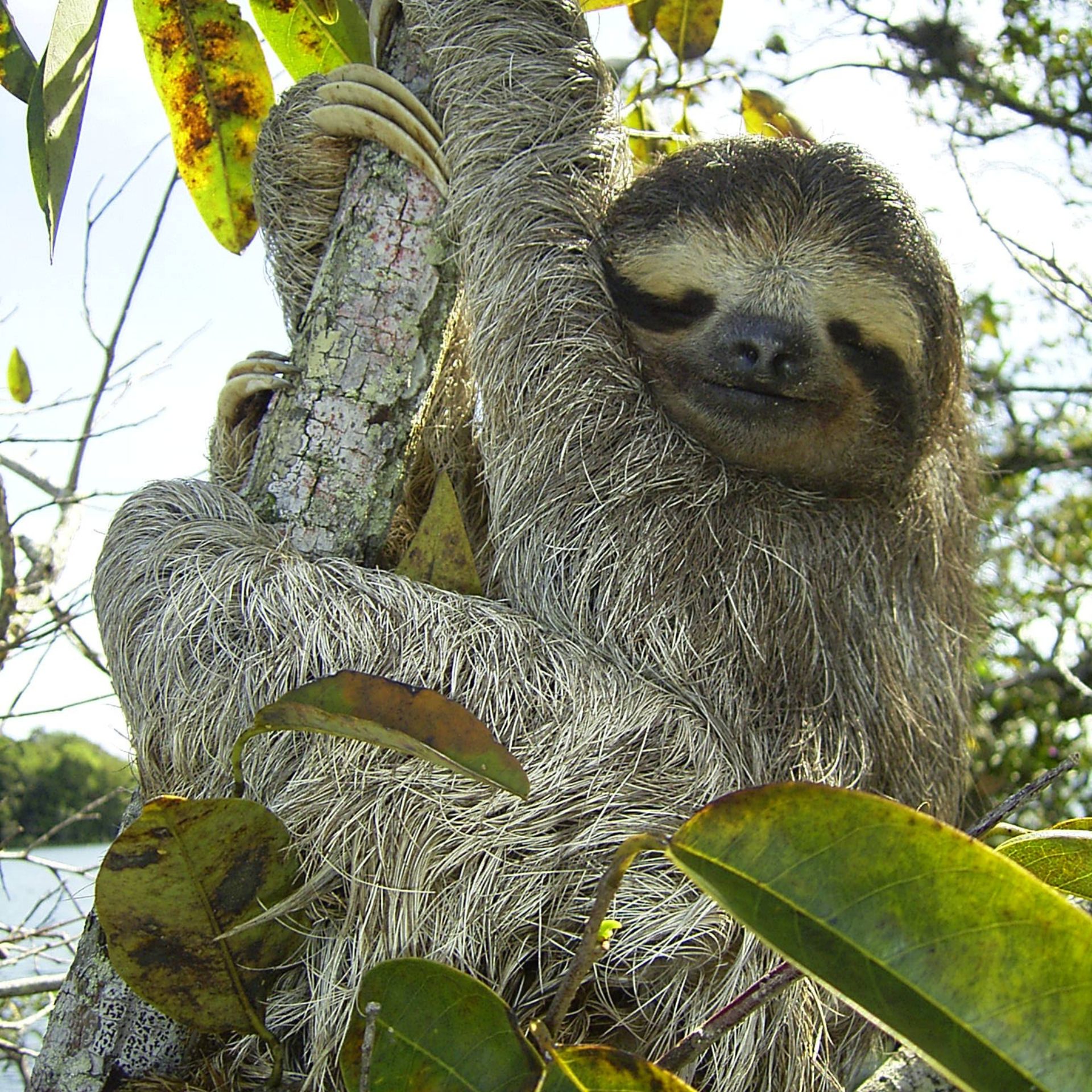
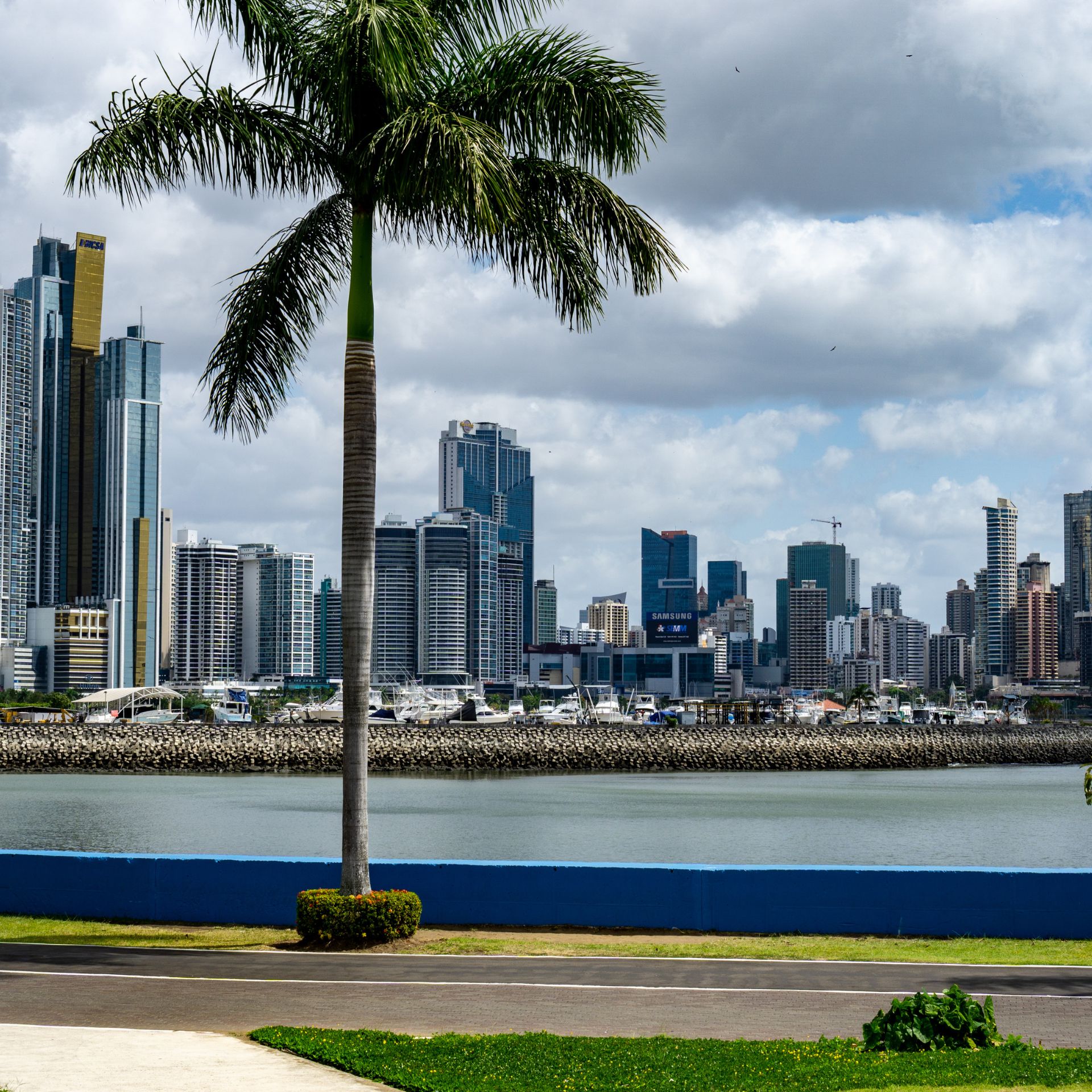
Political & Economical Stability in Panama
Panama is generally considered to be a stable country, both politically and economically. The government is a representative democracy and the country has a long history of peaceful transitions of power. Panama has a strong economy, with a thriving business and financial sector, and the country has one of the highest growth rates in Latin America. The country also has a stable political environment, with low levels of crime and violence compared to other countries in the region. Overall, Panama is a stable and secure place to live or visit.
The Economic Growth of Panama
Panama has a mixed economy that is based on a combination of private enterprise and government participation. The country is known for its strong services sector, which includes activities such as banking, insurance, and transportation. The Panama Canal, which connects the Atlantic and Pacific oceans, is a major source of income for the country and an important contributor to the economy.
In recent years, Panama's economy has grown rapidly, driven in part by increased trade and tourism. The country has also attracted significant foreign investment, particularly in the construction and real estate sectors. However, like many other economies, Panama has also faced challenges, such as high levels of inequality and unemployment. The government has implemented a number of policies to address these issues and promote economic growth and development.
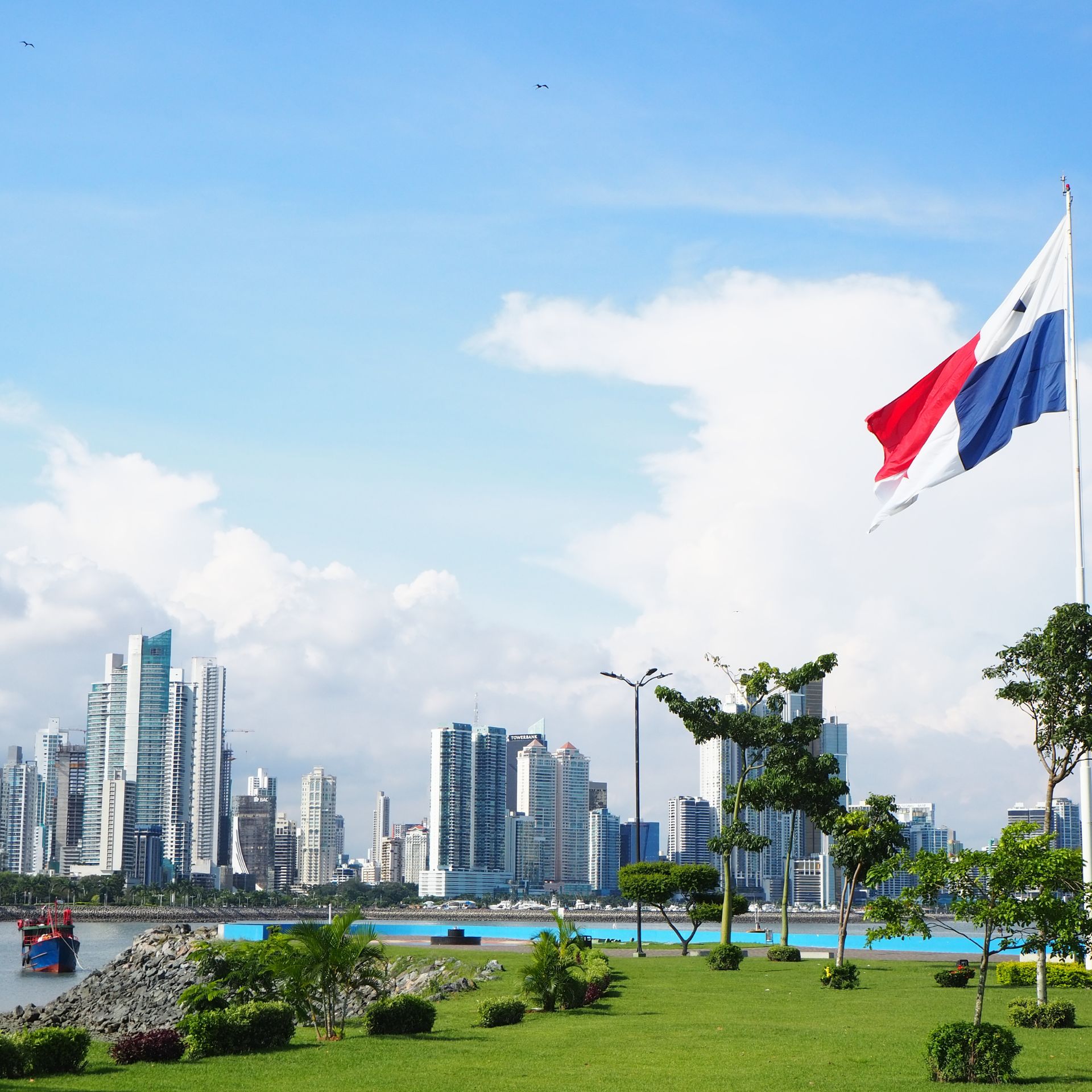
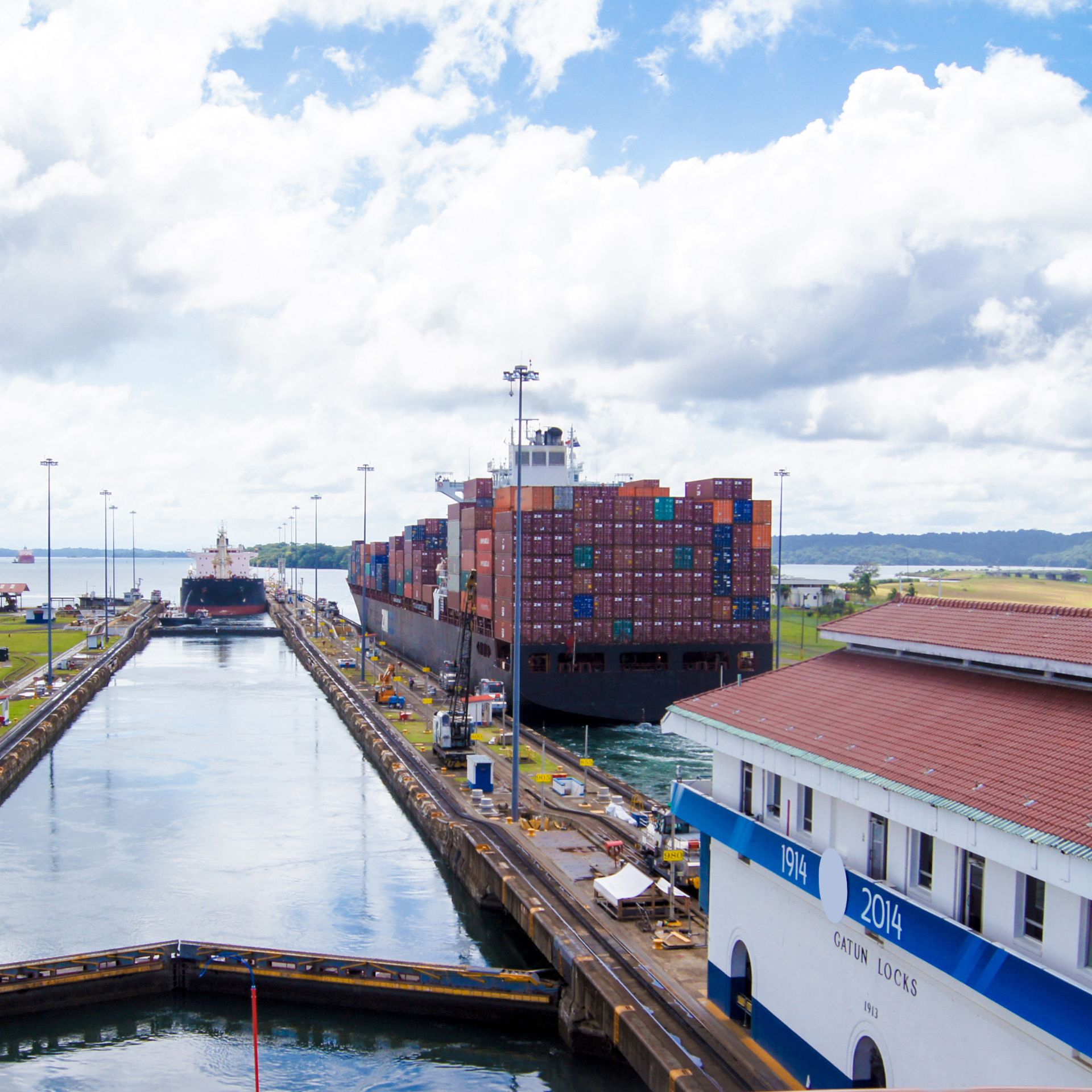
The Panama Canal
The Panama Canal is a man-made waterway that connects the Atlantic Ocean to the Pacific Ocean. It was built by the United States and completed in 1914. The idea of creating a canal across the Isthmus of Panama to connect the two oceans dates back to the 16th century, and several attempts were made over the centuries to build a canal, but it wasn't until the late 19th century that a viable plan was developed.
In 1881, the French began work on the canal, but their efforts were plagued by engineering problems, disease, and high mortality rates among workers. In 1904, the United States took over the project and continued the construction, using innovative techniques and technologies to overcome the challenges faced by the French. The canal officially opened on August 15, 1914, and has since become an important global trade route.
Panama Real estate market
Panama is known for its attractive real estate market, which has drawn significant foreign investment in recent years. The country has diverse property options, including high-rise condominiums, luxury homes, and beachfront properties. Many foreigners are attracted to Panama's real estate market because of its relatively low prices and the opportunity to own property in a tropical country with a strong economy.
The real estate sector in Panama has grown rapidly in recent years, driven by increasing demand from both local and foreign buyers. This growth has been supported by a number of factors, including the country's strong economy and the expansion of the Panama Canal, which has made Panama an increasingly important global trade hub. In addition, the government has implemented policies to encourage investment in the real estate sector, including tax incentives and programs to promote the development of affordable housing.
Overall, Panama's real estate market is considered stable and well-regulated, with a range of property options available to suit various budgets and preferences.
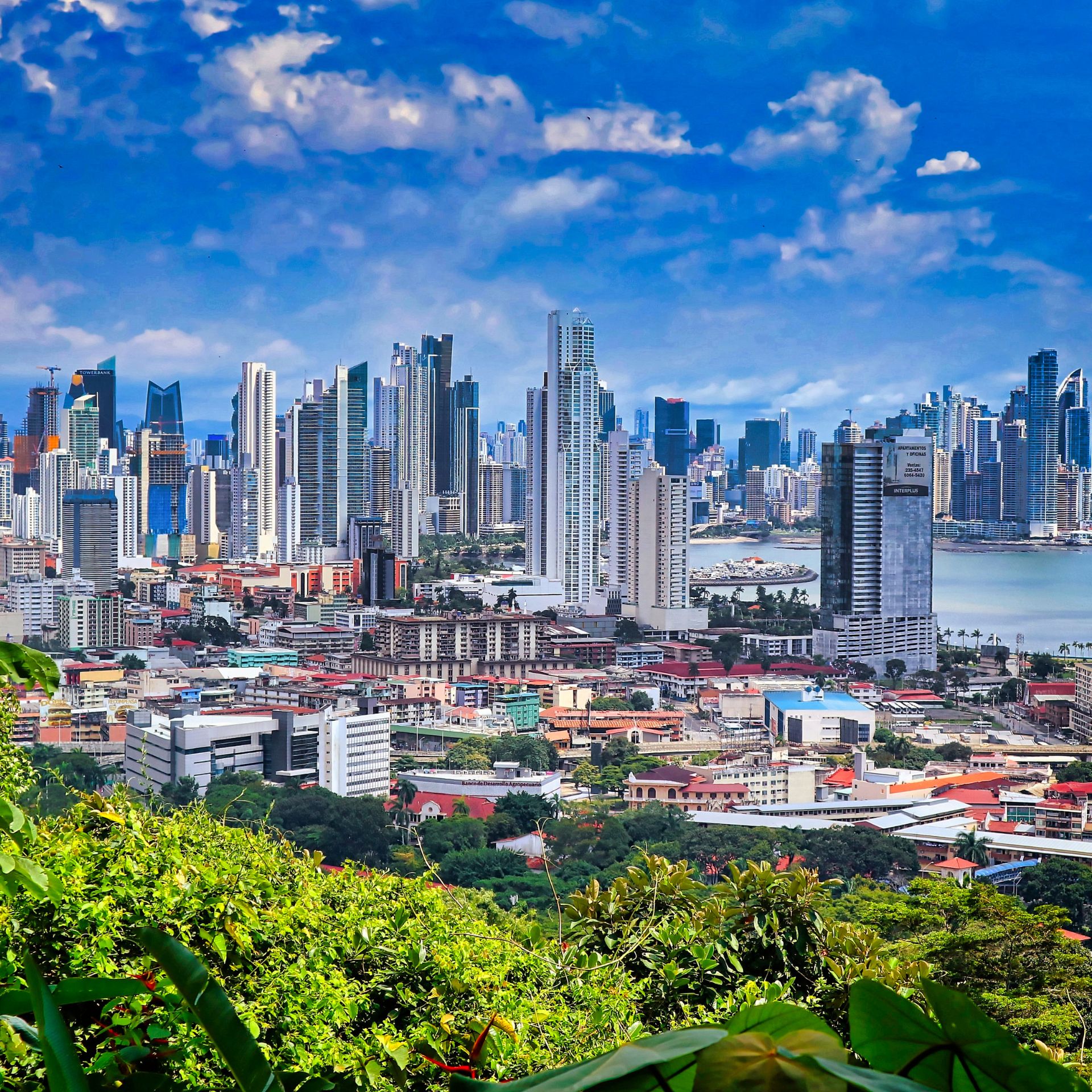
Panama in a nutshell
First, Panama is a relatively safe country, but it is always a good idea to take precautions to protect yourself and your belongings. The country has a tropical climate, so you will need to adjust to the heat and humidity. It is also a good idea to learn some basic Spanish, as most people in Panama speak the language.
When it comes to finding a place to live, Panama City and the surrounding areas have many options for expats. You can choose from apartments, houses, and condominiums in a range of prices and locations. It is also a good idea to research the different neighborhoods and their amenities to find the best fit for you.
Panama has a public health care system that provides medical services to its citizens, but expats may want to consider purchasing private health insurance. There are also many private hospitals and clinics in Panama that offer high-quality medical care.
Finally, Panama is a diverse and vibrant country with a rich culture and history. There are many things to see and do, from visiting the Panama Canal and exploring the rainforests to trying local foods and enjoying the nightlife. Expats in Panama will have no shortage of opportunities to experience all that the country has to offer.
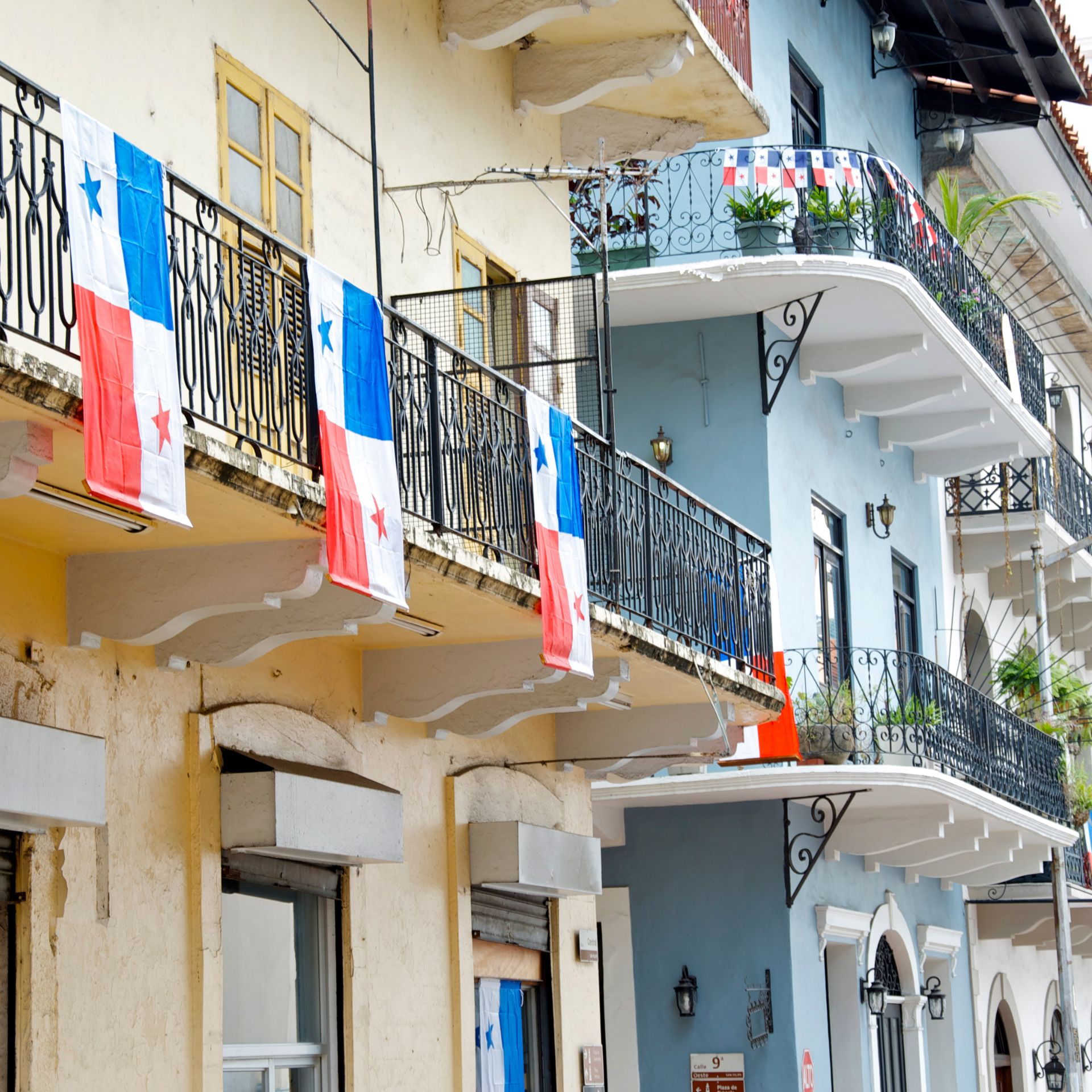
Why do ex-pats move to Panama?
Panama is a popular destination for ex-pats or people who move to a foreign country to live and work. Expats in Panama come from all over the world, and the country is known for its diverse and vibrant ex-pat community.
There are many reasons why people choose to become ex-pats in Panama. Some of the most common reasons include:
- The country's attractive lifestyle: Panama is known for its beautiful beaches, warm climate, and vibrant culture, which make it an appealing place to live and work.
- The low cost of living: Compared to many other countries, the cost of living in Panama is relatively low, which makes it an affordable place for ex-pats to live and work.
- The strong economy: Panama has a strong and growing economy, which has attracted significant foreign investment and created many job opportunities for ex-pats.
- The favorable tax laws: Panama has a number of tax treaties with other countries that can help ex-pats save money on taxes. In addition, the country has a number of programs that offer tax incentives for ex-pats, such as the Pensionado program for retirees.
Overall, Panama is a popular destination for ex-pats, who are drawn by its attractive lifestyle, low cost of living, and strong economy. The country's diverse and vibrant ex-pat community offers many opportunities for ex-pats to connect with others and make the most of their time in Panama.
Lifestyle in Panama
The lifestyle in Panama is generally relaxed and laid-back, with a focus on enjoying the outdoors and spending time with friends and family. Many people in Panama enjoy spending their free time at the beach, where they can swim, fish, and enjoy water sports. In the evenings, it is common for people to gather at local restaurants and bars to socialize.

Retire in Panama
The country offers a range of retirement options, including coastal communities, mountain towns, and urban centers. Many retirees choose to settle in Panama because of its affordable housing options, high-quality healthcare system, and low crime rates.
In recent years, the government of Panama has implemented a number of policies to encourage retirees to move to the country. For example, the Pensionado program offers a number of benefits to foreign retirees, including discounts on healthcare, entertainment, and travel. In addition, Panama has signed a number of tax treaties with other countries that can help retirees save money on taxes.
Overall, Panama is considered to be a good place to retire because of its low cost of living, high-quality healthcare, and attractive lifestyle options. However, as with any decision to move to a new country, it is important for potential retirees to carefully research and consider all of the factors before making a decision.
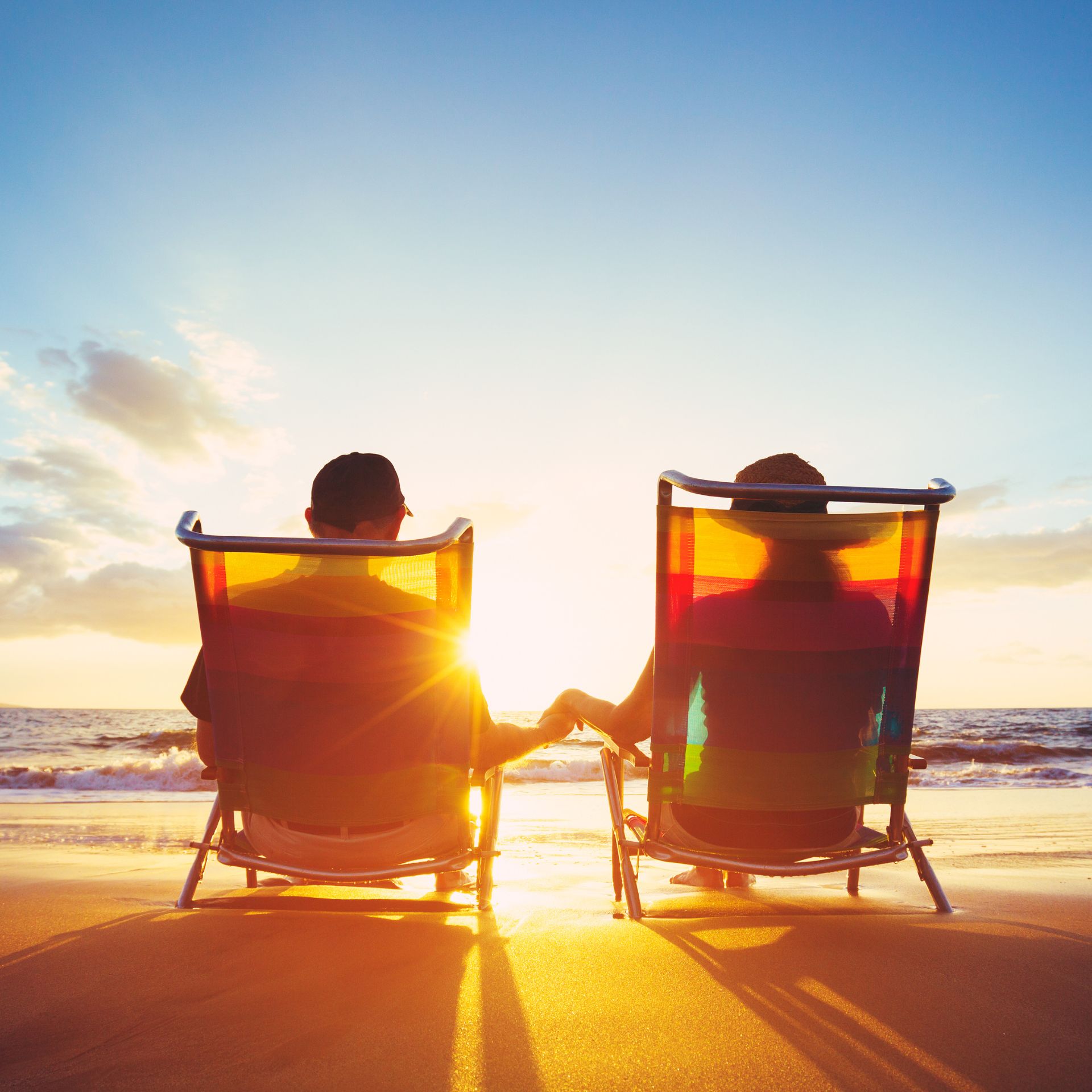
Boquete
Boquete is a small town located in the province of Chiriquí in western Panama. It is known for its beautiful scenery, with lush green forests and towering mountains. Boquete is a popular destination for expats, with a growing community of foreign residents. The town is known for its coffee plantations and offers many opportunities for outdoor activities, such as hiking and birdwatching. Boquete is also home to the well-known Boquete Jazz and Blues Festival, which takes place every year in January. Overall, Boquete is a beautiful and welcoming town that offers a great quality of life for expats.
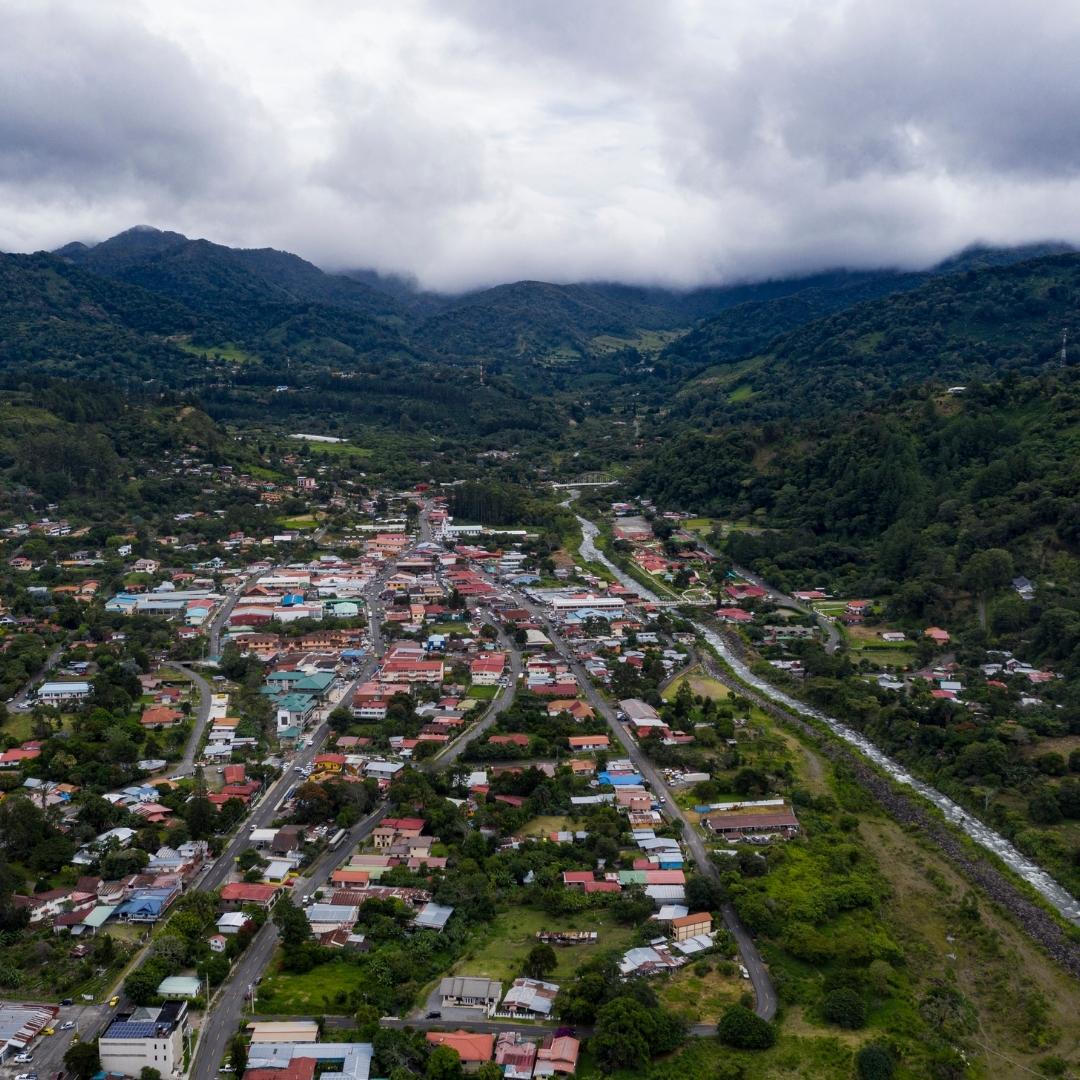
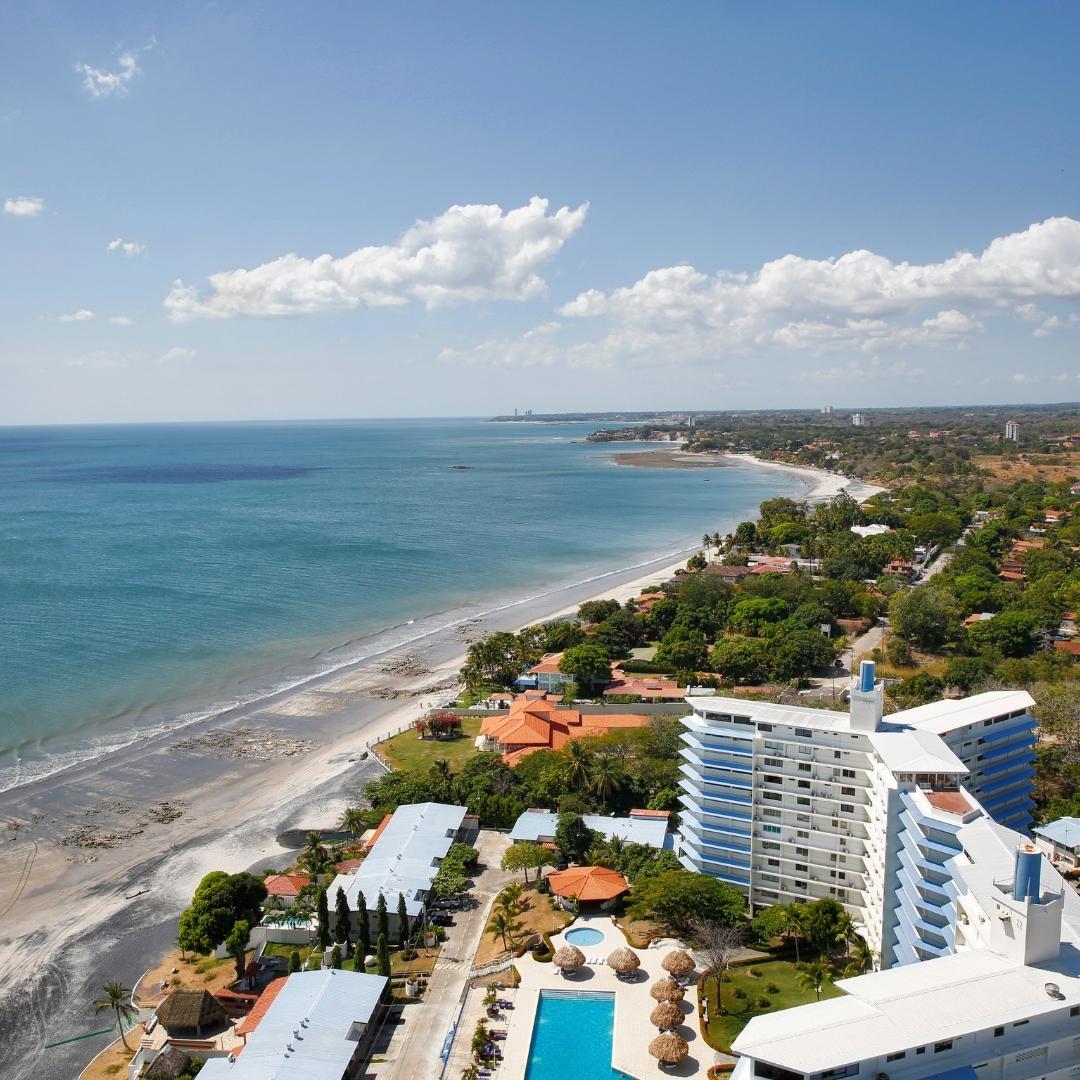
Coronado
Coronado is a beach town located on the Pacific coast of Panama, about an hour and a half from Panama City. It is known for its beautiful beaches and luxury real estate, with many expats choosing to retire or vacation in Coronado. The town offers a wide range of recreational activities, including golf, surfing, and horseback riding. Coronado is also home to many restaurants and shops, as well as a well-developed healthcare system. Overall, Coronado is a popular destination for those looking to enjoy a beach lifestyle in Panama.
Altos del Maria
Altos del Maria is a mountain community located in the province of Panama, about an hour and a half from Panama City. The community is known for its natural beauty, with lush forests, rolling hills, and stunning views of the Pacific Ocean. Altos del Maria offers a quiet and peaceful lifestyle, with many expats choosing to retire or vacation in the community. It is also home to many restaurants, shops, and recreational activities, such as hiking and birdwatching. Overall, Altos del Maria is a beautiful and welcoming community that offers a great quality of life for expats.
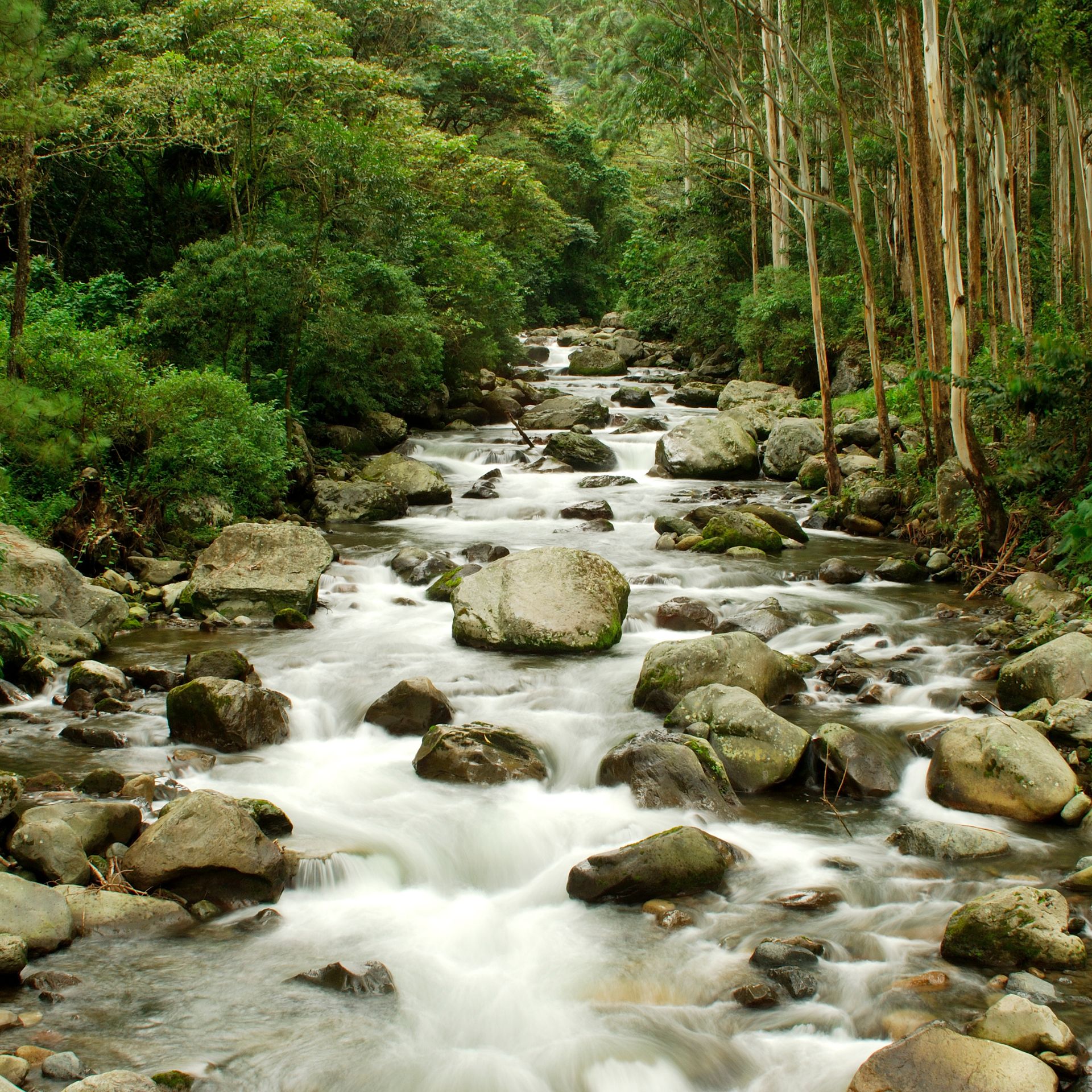
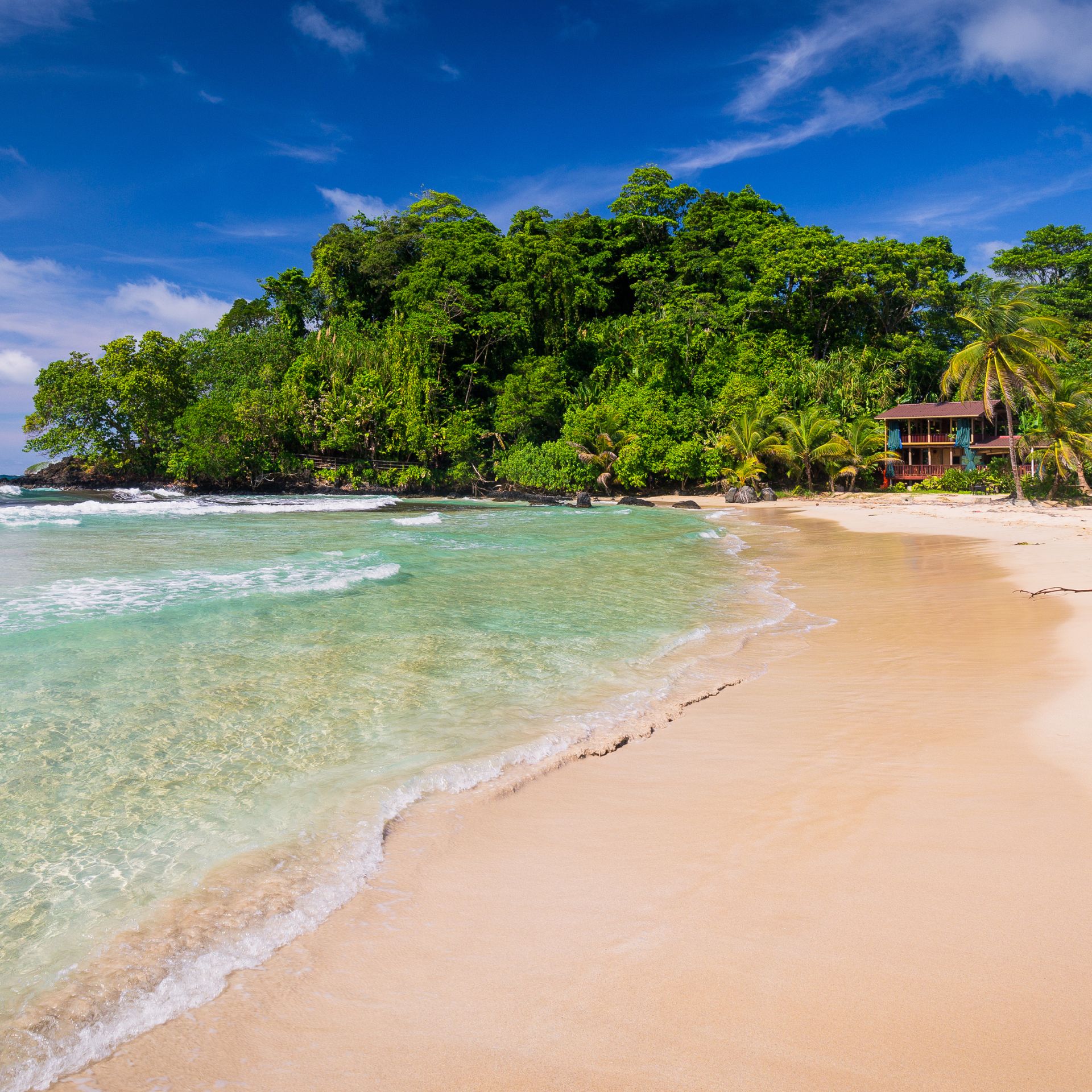
Bocas del Toro
Bocas del Toro is a group of islands located on the Caribbean coast of Panama. The islands are known for their beautiful beaches and vibrant culture, with a mix of indigenous, Afro-Caribbean, and European influences. Bocas del Toro is a popular destination for expats, with a growing community of foreign residents. The islands offer a laid-back lifestyle and many opportunities for outdoor activities, such as surfing, diving, and snorkeling. Bocas del Toro is also home to many restaurants, shops, and nightlife options. Overall, Bocas del Toro is a beautiful and welcoming destination that offers a great quality of life for expats.
Pedasi & Playa Venao
Pedasi is a small town located on the Pacific coast of Panama, in the province of Los Santos. It is known for its beautiful beaches and laid-back lifestyle, with many expats choosing to retire or vacation in Pedasi. The town offers a wide range of recreational activities, such as surfing, fishing, and hiking.
Playa Venao is a beach located on the Pacific coast of Panama, in the province of Los Santos. It is known for its beautiful waves and laid-back atmosphere, with many surfers and expats choosing to visit or live in Playa Venao.
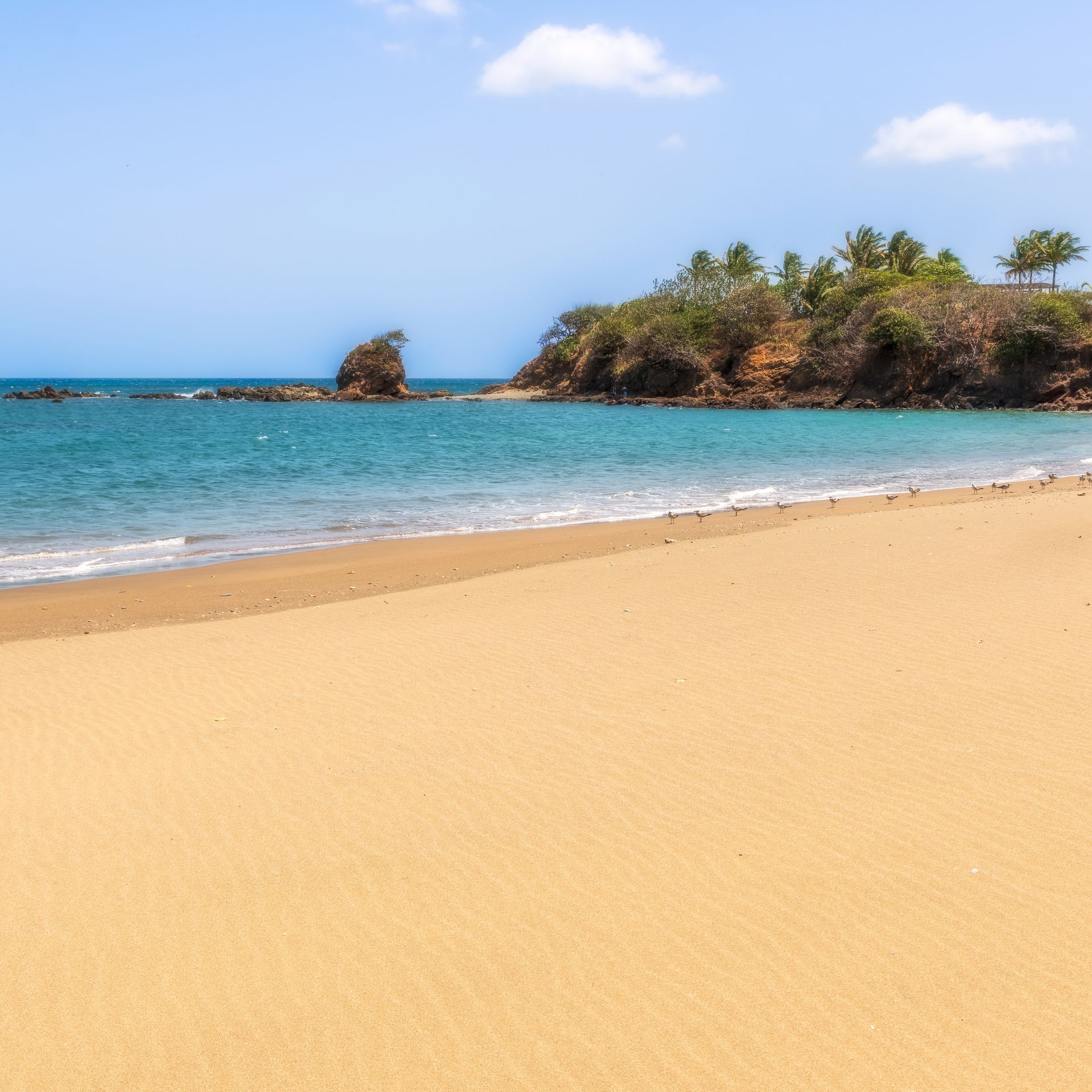
- The cost of living is generally lower than in the United States, making it a more affordable place to live.
- The country has a strong economy, with a thriving business and financial sector.
- Panama has a well-developed healthcare system, with high-quality hospitals and medical facilities.
- The country offers a high quality of life, with beautiful beaches, a vibrant culture, and a rich history.
- There are many expat communities in Panama, which can make it easier to adjust to life in a new country.
- The government offers a friendly investment policy for foreign investors, making it an attractive destination for those looking to start a business.
- The country has a tropical climate, with two distinct seasons: the dry season from January to April, and the rainy season from May to December.
- English is widely spoken in the business community, making it easier for expats from English-speaking countries to communicate.
-
The country is a hub for international trade, with the Panama Canal being one of the busiest shipping lanes in the world. This can provide opportunities for those looking to work in the transportation or logistics industries.
-
Panama has a rich cultural heritage, with a mix of indigenous, African, and Spanish influences. This can provide opportunities to learn about and experience a unique culture.
-
The country has a stable political environment, making it a safe and secure place to live.
-
Panama has a well-developed transportation system, with modern highways, airports, and ports. This makes it easy to travel within the country and to other parts of Central America.
-
The country offers a wide range of recreational activities, including hiking, diving, and birdwatching. It is also home to a number of national parks and nature reserves.
-
Panama has a growing expat community, which can provide support and resources for those looking to move to the country.
-
The country offers a low tax rate for foreign residents, which can provide financial benefits for those looking to retire or start a business in Panama.

Cons of living in Panama
Some of the negative aspects of Panama include:
- Crime: Panama has a relatively high crime rate, and violent crime and theft are common in some areas. It is important to be aware of your surroundings and avoid any deprived areas. Many ex-pats have been in Panama for years and haven’t encountered any problems with crime.
- Traffic and congestion: Panama City is a rapidly growing city, and its infrastructure is struggling to keep up. This can lead to heavy traffic and congestion, which can be frustrating for residents and visitors alike.
- Poverty: Despite its economic growth, Panama still has a significant poverty problem, and many people struggle to access basic services and amenities.
- Corruption: Panama has a history of corruption, and there have been many high-profile scandals involving politicians and public officials. This can create mistrust and undermine confidence in the government and its institutions.
Overall, Panama is a complex and dynamic country with both positive and negative aspects. It is important to be aware of the challenges and problems that the country faces and to take them into account when considering living or traveling in Panama.
Cost of Living in Panama
The cost of living in Panama varies depending on a number of factors, including the location, the type of accommodation, and the individual's lifestyle and spending habits. In general, however, Panama is considered to be a relatively affordable place to live, with a lower cost of living compared to many other countries in North America and Europe.
According to Numbeo, a cost-of-living comparison website, the cost of living in Panama City is 27.58% lower than in New York City. This means that, on average, a person living in Panama City would need to spend 27.58% less on expenses such as housing, food, and transportation compared to someone living in New York City.
The cost of housing in Panama is generally lower than in many other countries, with a wide range of options available to suit different budgets and preferences. For example, a one-bedroom apartment in the city center of Panama City can cost around $500 per month, while a three-bedroom apartment in a more upscale area can cost around $1,500 per month.
Overall, the cost of living in Panama is considered to be relatively low compared to many other countries, which is one of the reasons why the country is popular among retirees and people looking to relocate.
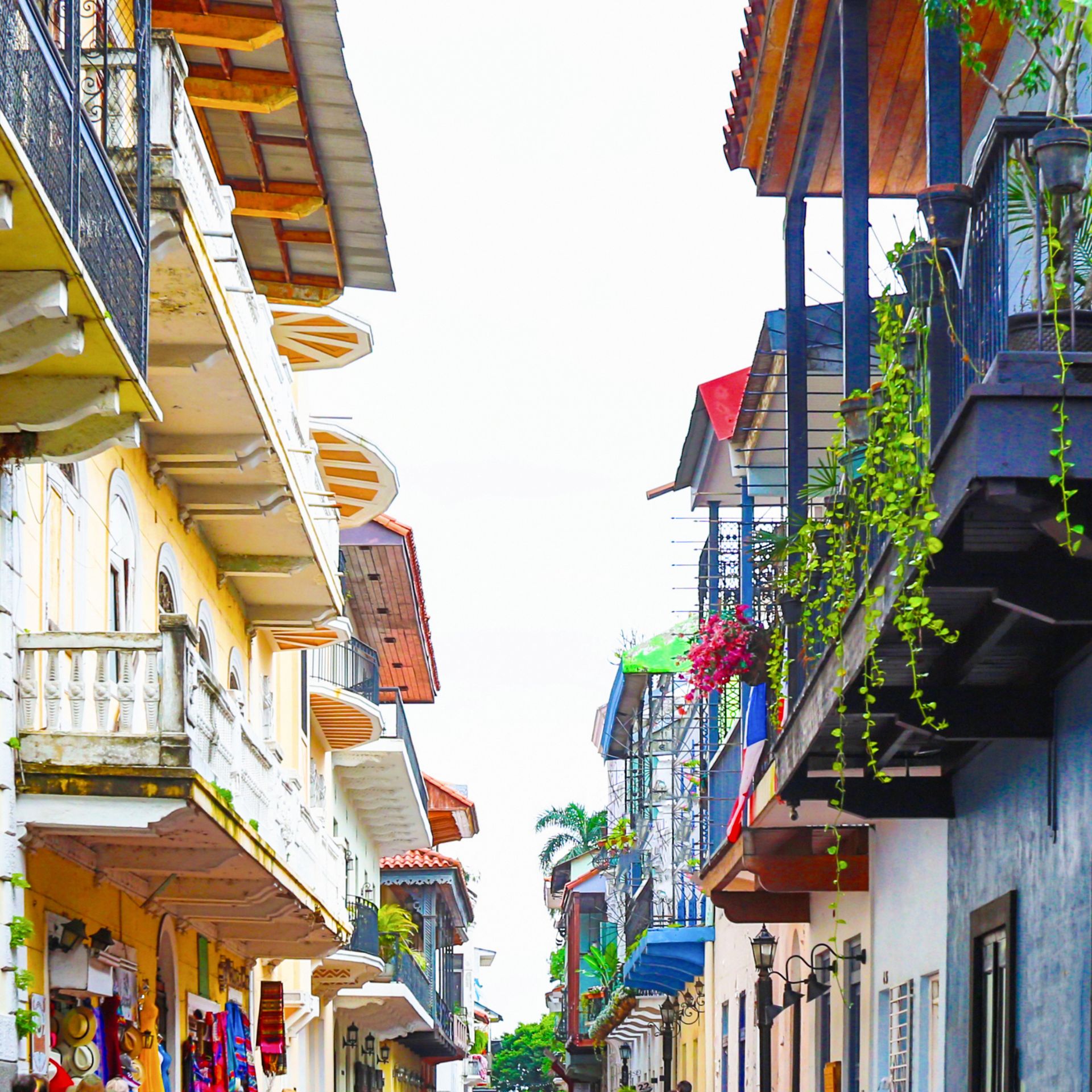

Supermarkets in Panama
There are many supermarkets in Panama, and the country has a well-developed retail sector. Some of the largest and most popular supermarket chains in Panama include Super 99, Rey, Riba Smith, Super Baru, Foodies, and Súper Gourmet.
The cost of groceries in Panama can vary depending on the location and the type of products you are looking for. In general, however, groceries in Panama are generally less expensive than in the United States. For example, a loaf of bread can cost around $1-2, a dozen eggs can cost around $2-3, and a pound of chicken can cost around $3-4. Fresh fruits and vegetables are generally affordable and widely available, with prices depending on the season. Imported products, such as cheese or wine, may be more expensive than local products. Overall, the cost of groceries in Panama is generally lower than in the United States, and many expats find that they are able to save money on their grocery bills.
Panama Permanent Residency Options
There are several different ways to qualify for a permanent residency visa in Panama. Some of the most common methods include:
- Investing in the country: Panama offers a number of programs that allow investors to qualify for permanent residencies, such as the Friendly Nations Visa and the Reforestation Visa. These programs require the applicant to make a significant investment in Panama, such as purchasing real estate or starting a business.
- Retiring in Panama: Panama has a special program called the Pensionado program, which allows foreign retirees to qualify for permanent residency. To qualify, the applicant must have a monthly pension of at least $1,000 and meet other requirements.
- Working in Panama: Some people may be able to qualify for permanent residency by obtaining a work visa and working in Panama for a certain period of time. The specific requirements for this will depend on the individual's occupation and the type of work visa they have obtained.
Overall, becoming a permanent resident of Panama is a complex process that requires careful planning and research. It is important for individuals to carefully consider their options and consult with an immigration lawyer before applying for a permanent residency visa.
The quality of healthcare in Panama can vary, and it is a good idea to research and compare the options available before deciding where to seek medical treatment.
Panama also has a social security system, known as the Instituto de Seguro Social (ISS), that provides healthcare benefits to eligible workers and their families. If you are planning on working in Panama, you may be able to enroll in the ISS and access its healthcare services.
Overall, it is important to have a plan in place for healthcare in Panama, whether it is through the public system, private insurance, or a combination of both. This will ensure that you have access to the medical care you need while living in the country.

.jpg)
Health insurance in Panama
Health insurance in Panama is not mandatory for citizens or residents, but it is strongly recommended. The government does not provide free health care, so health insurance can help ensure that you have access to medical care when needed. Private health insurance is available from many insurance companies in Panama, and it can be purchased on a short-term or long-term basis. It is important to carefully compare plans and consider your own healthcare needs before choosing a policy.
Hospitals in Panama City
Does Panama offer good healthcare? The answer is YES! With a variety of high-end private hospitals, you will be in the right hands may something occur. Medical insurance in Panama will cost anywhere between $45 and $120 per month for comprehensive coverage at private hospitals. If you decide on no insurance coverage, there is free medical care for Panamanian residents at public hospitals.
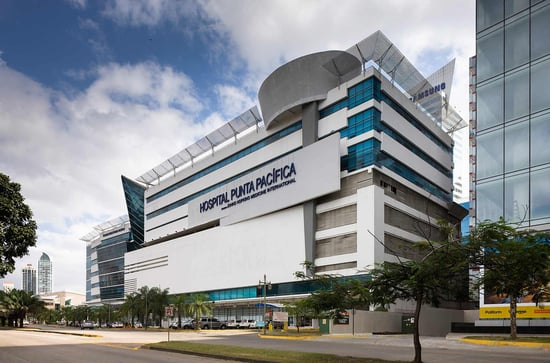
Hospital Punta Pacifica
Private Hospital
Located in front of Multiplaza Mall, just minutes from Punta Pacifica. A high-end hospital.
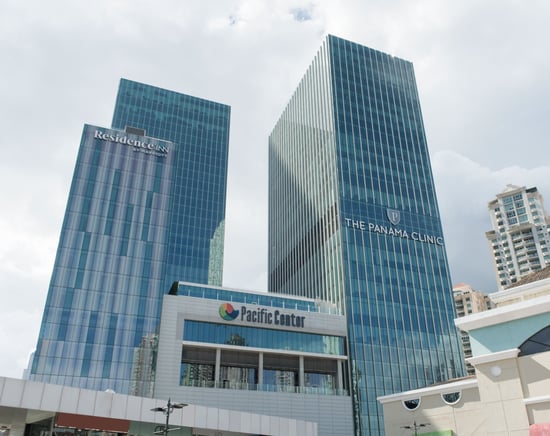
The Panama Clinic Paitilla
Private Hospital
The Panama Clinic is a relatively new hospital in Panama City. Located in Paitilla.
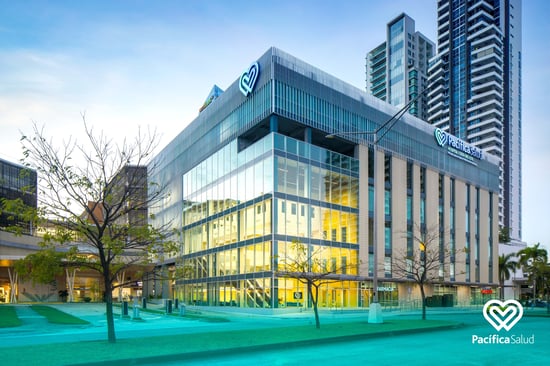
Pacifica Salud Costa del Este
Private Hospital
One of Panama's newest private hospitals is located in Costa del Este.
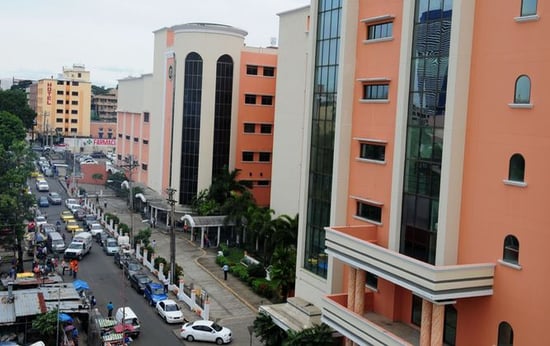
Santo Tomas
Public Hospital
Santo Tomas is a public hospital that is located on Avenida Balboa in the Calidonia neighborhood.
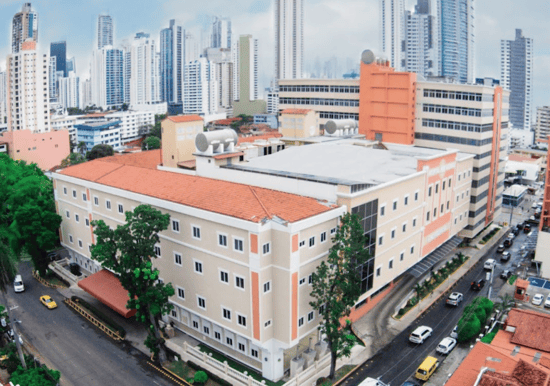
Hospital Nacional
Public Hospital
Also, Hospital Nacional is located in Calidonia neighborhood. Blocks away from Avenida Balboa.
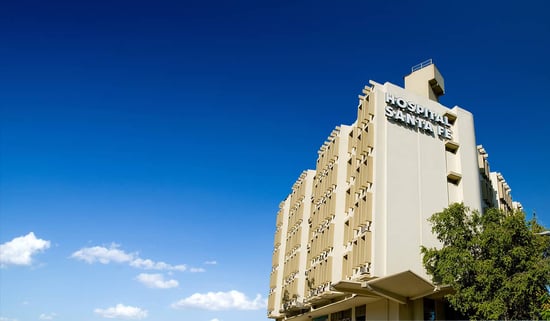
Hospital Santa Fe
Public Hospital
Bordering Curundu, one of Panama's unsafest neighborhoods. Not recommended.
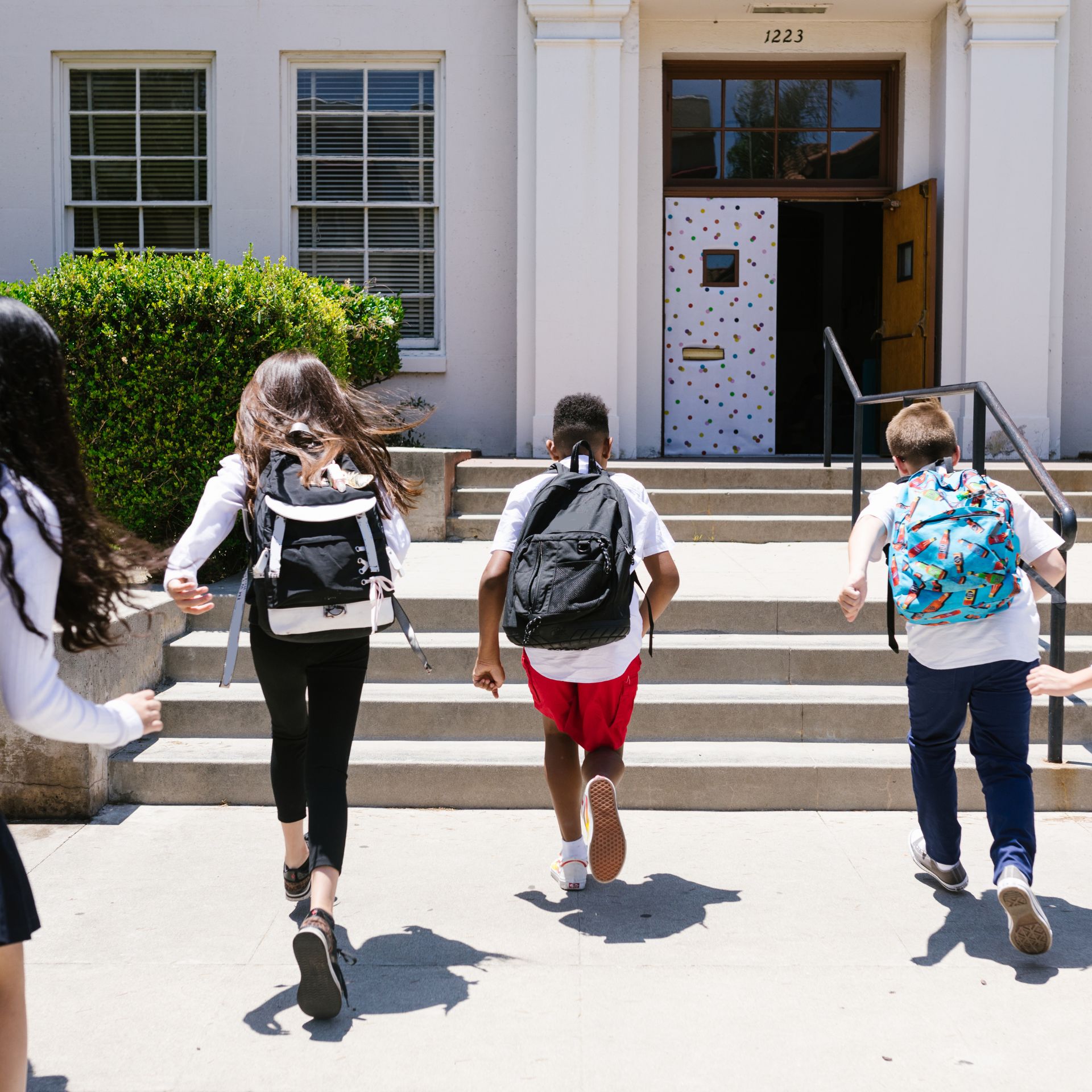
Raising children in Panama can be a rewarding experience, as the country offers a diverse culture and a variety of activities and opportunities for families. However, there are also some challenges to consider, such as the potential language barrier and the availability of certain services and amenities.
If you are raising children in Panama, it is important to enroll them in school as soon as possible after arriving in the country. Panama has both public and private schools, and the quality of education can vary. It is a good idea to research and compare the different options available to find the best fit for your child(ren).
Education in Panama
Panama has a public education system that provides free, universal education to its citizens. The country's education system is divided into four levels: pre-primary, primary, secondary, and higher education. Primary and secondary education is compulsory for children between the ages of 5 and 17. The Ministry of Education is responsible for overseeing the education system in Panama.
In addition to the public education system, Panama also has a number of private schools that offer education at all levels. Private schools in Panama are typically more expensive than public schools, but they may offer a higher quality of education and more specialized programs. Many private schools in Panama follow a curriculum from the United States or other foreign countries, and they often offer international baccalaureate (IB) programs. Private schools in Panama may also offer a wider range of extracurricular activities and other facilities, such as sports teams and music programs.
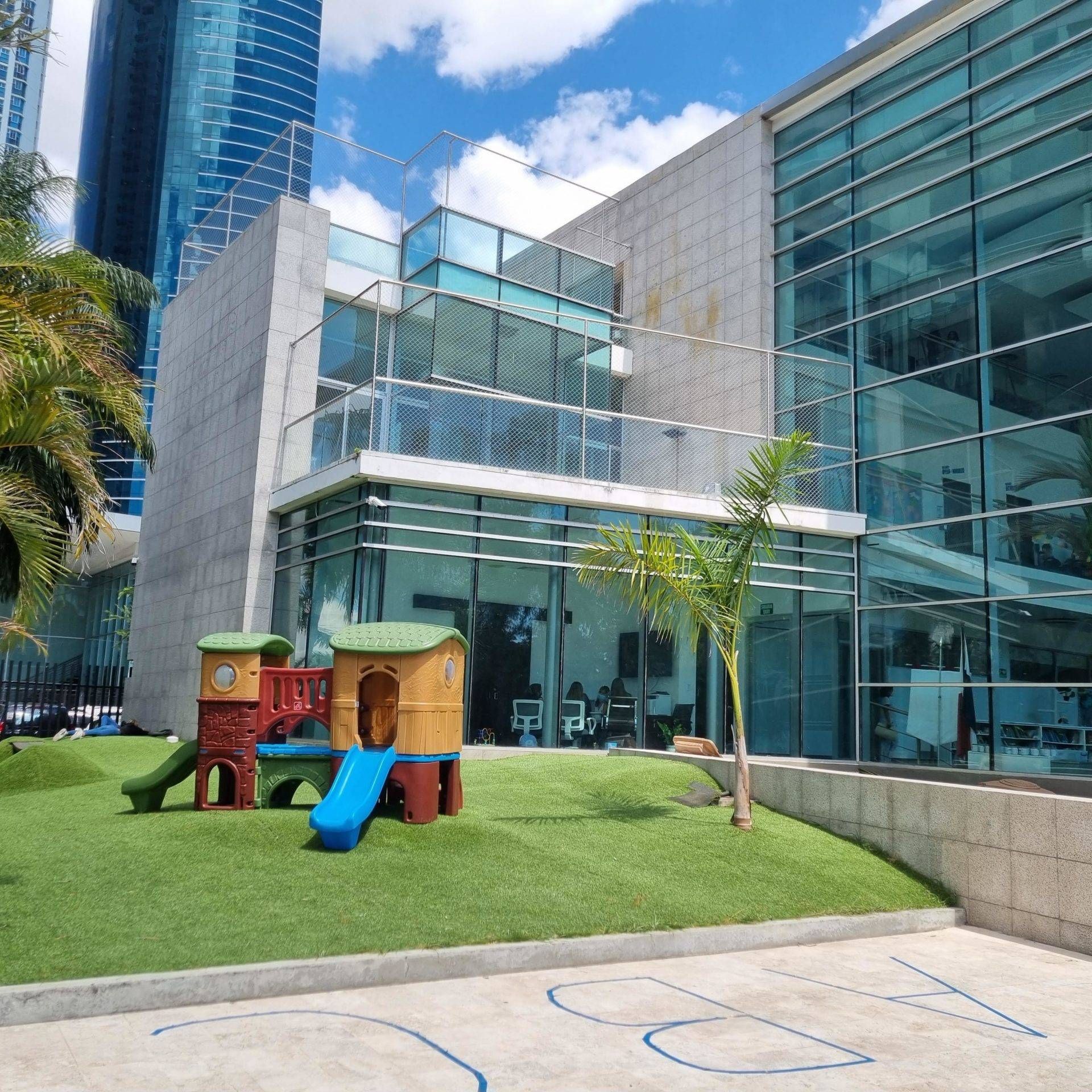

Daycare in Panama
The availability and cost of daycare in Panama can vary depending on the location and the type of care you are looking for. In general, however, there are many options for daycare in Panama, including private daycare centers and in-home caregivers. The cost of daycare in Panama is generally lower than in the United States, with many daycare centers charging around $300-400 per month for full-time care. In-home caregivers can cost less, with some charging around $600-800 per month for full-time care. These prices are just a general guideline and may vary depending on the location and the type of care you are looking for. It is recommended to research and compare different daycare options before making a decision.
Activities in Panama
Some popular things to do in Panama include:
- Visiting the Panama Canal, one of the world's greatest engineering feats and a UNESCO World Heritage Site. You can take a boat tour through the canal and learn about its history and operation.
- Exploring Panama City, the vibrant capital of Panama. The city has a rich history and culture and is home to many museums, galleries, and historic sites. You can also enjoy the city's lively nightlife and dining scene.
- Relaxing on the beaches of Panama. The country has a long coastline with many beautiful beaches, ranging from secluded coves to bustling resorts. You can swim, surf, snorkel, or simply soak up the sun.
- Hiking and exploring the outdoors. Panama is home to a variety of landscapes, from lush rainforests and mountain ranges to beautiful islands and coastal regions. There are many opportunities for hiking, camping, birdwatching, and other outdoor activities.
- Visiting indigenous communities and learning about the country's rich cultural heritage. Panama is home to many indigenous communities, each with its own unique traditions and customs. You can visit these communities and learn about their way of life, history, and culture.
Overall, there are many exciting things to do in Panama, and the country offers something for everyone, from nature lovers and adventure seekers to history buffs and beachgoers.
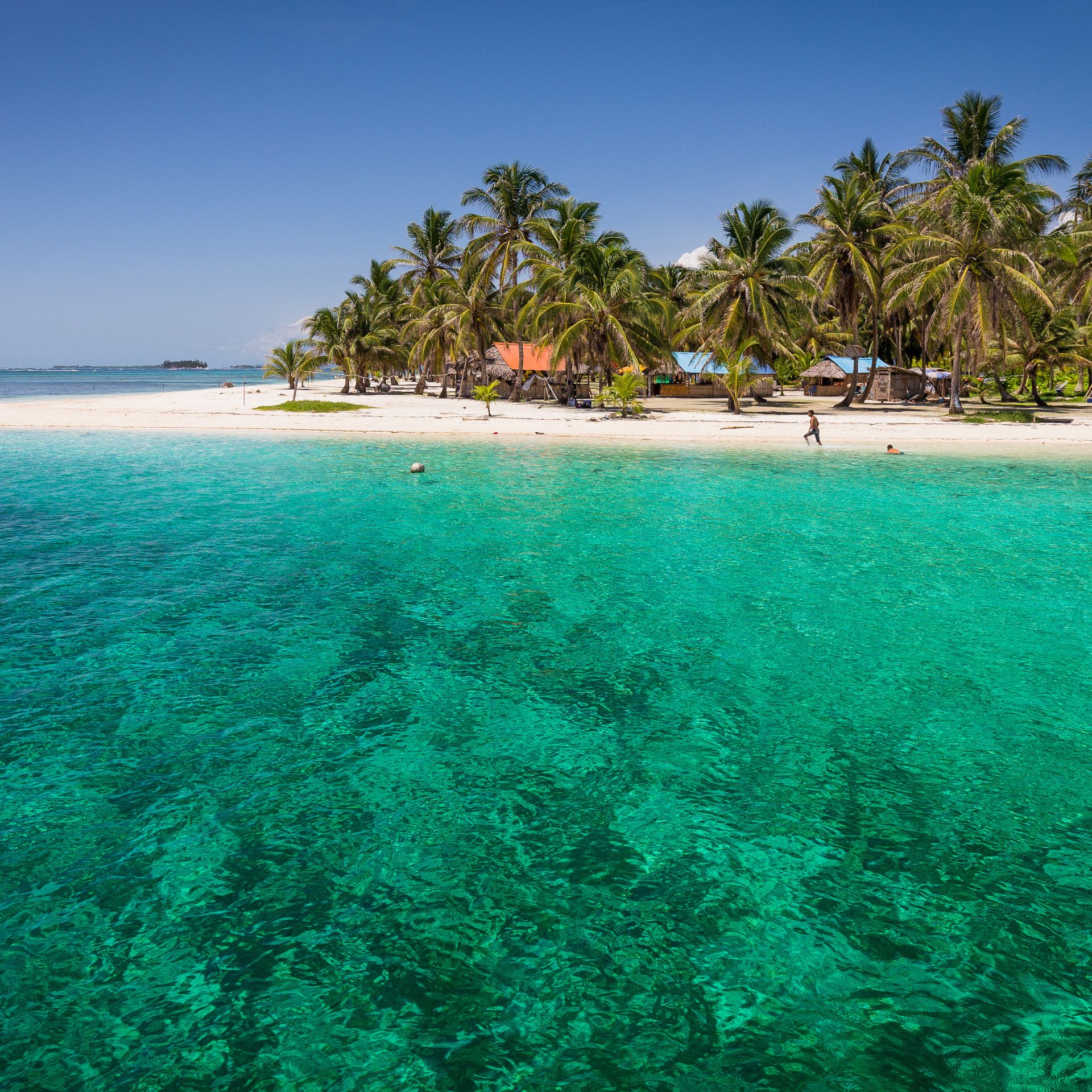
Weekend getaways Panama
Panama is a diverse and beautiful country, with a range of options for weekend getaways. Some of the most popular destinations for weekend trips in Panama include:
- Bocas del Toro: This laid-back Caribbean town is known for its beautiful beaches, laid-back atmosphere, and vibrant nightlife. It is a popular destination for travelers who want to relax and enjoy the beach, as well as those who are interested in exploring the nearby rainforest and indigenous communities.
- Boquete: Located in the Chiriquí province, Boquete is a picturesque mountain town known for its cooler climate and beautiful scenery. It is a popular destination for hiking and outdoor activities, as well as for its coffee plantations and thermal baths.
- El Valle de Anton: Located in the Coclé province, El Valle de Anton is a small town surrounded by beautiful mountains and forests. It is known for its natural beauty and outdoor activities, such as hiking, birdwatching, and horseback riding.
- Santa Catalina: Located on the Pacific coast of Panama, Santa Catalina is a small town known for its beautiful beaches, surf culture, and laid-back atmosphere. It is a popular destination for surfers and beach lovers, as well as for those who want to enjoy the local seafood and seafood.
Overall, Panama offers a wide range of options for weekend getaways, with something to suit every interest and budget. Whether you're looking for relaxation on the beach, adventure in the mountains, or cultural experiences in the city, Panama has something for you.
Sports in Panama
Panama is a country with a rich sporting culture, and there are many popular sports and activities to enjoy. Some of the most popular sports in Panama include:
- Soccer: Soccer is the most popular sport in Panama, and the country has a professional league with several teams. The national team has also had success on the international stage, qualifying for the World Cup in 2018.
- Baseball: Baseball is also a popular sport in Panama, and the country has a professional league with several teams. Many Panamanian players have gone on to play in Major League Baseball in the United States.
- Boxing: Panama has a long tradition of producing world-class boxers, and the country has produced several world champions.
- Basketball: Basketball is also a popular sport in Panama, and the country has a professional league with several teams.
- Swimming: Swimming is a popular recreational activity in Panama, and the country has many public pools and beaches where people can enjoy the water.
Overall, Panama has a rich sporting culture, and there are many opportunities to enjoy a variety of sports and activities in the country.
Shopping in Panama
Panama is a great place for shopping, with a wide range of options available to suit different budgets and tastes. The country is known for its vibrant markets, where vendors sell a wide variety of goods, including fresh produce, crafts, and clothing. The Panama City market, known as the Mercado de Mariscos, is trendy among tourists, with a wide selection of seafood and other local specialties.
In addition to markets, Panama also has a number of modern shopping malls and department stores. Multiplaza Pacific is one of the largest and most popular malls in Panama City, with a wide range of international and local stores, as well as restaurants and entertainment options. Albrook Mall, located near the Panama Canal, is another popular shopping destination, with over 400 stores and a large food court.
Panama is also known for its high-quality handicrafts, including indigenous textiles, ceramics, and wood carvings. These can be found at markets and artisan shops throughout the country.
Overall, Panama offers a wide range of shopping options, from vibrant markets to modern malls, and is a great place to find unique and locally-made goods.
Panama City's Nightlife
Panama is a vibrant and lively country with a thriving nightlife scene. The capital city, Panama City, has many bars, clubs, and other venues that stay open late into the night. There are also many restaurants and cafes that offer outdoor seating and live music.
In Panama City, you can find bars and clubs that cater to a wide range of interests and tastes. The city's El Cangrejo neighborhood is known for its lively nightlife, with many bars and clubs that stay open until the early hours of the morning. Casco Viejo, the historic district of Panama City, is another popular spot for nightlife, with many restaurants, bars, and clubs that offer live music and outdoor seating.
If you want to experience the local music and dance scene, Panama has a rich and diverse cultural heritage. You can find many venues that offer live salsa, reggaeton, and other types of music. You can also visit one of the many outdoor festivals and events that take place in Panama, where you can enjoy live music, dance, and other forms of entertainment.
Overall, Panama has a vibrant and exciting nightlife scene that offers something for everyone. Whether you're looking for lively bars and clubs or more laid-back restaurants and cafes, Panama has it all.
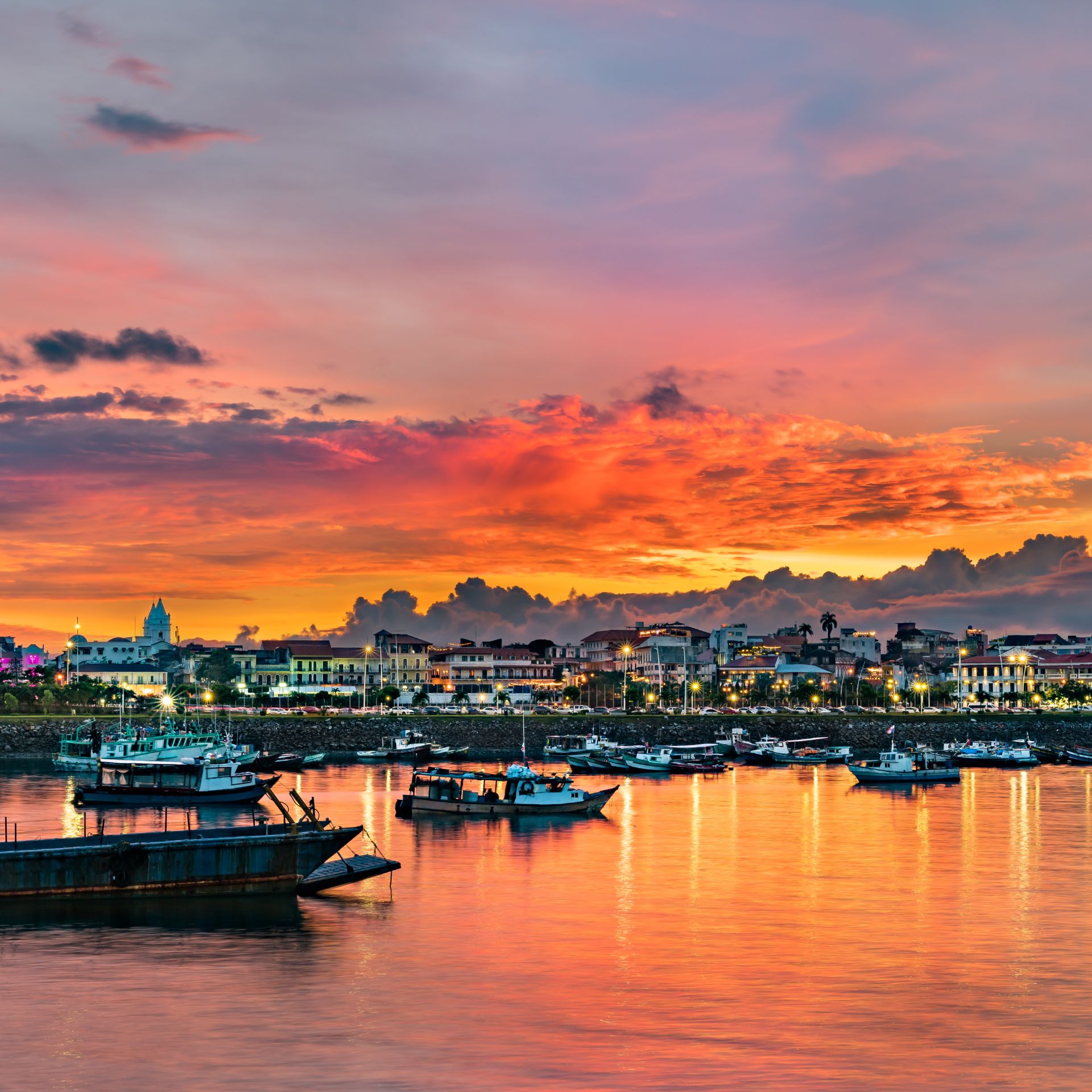
Panama Guide for Expats 2024
Panama is a popular destination for expats, with its strong economy and high quality of life. It has a tropical climate. The official language is Spanish, but English is widely spoken in the business community. The cost of living in Panama is generally lower than in the United States, and the country has a well-developed healthcare system. There are many expat communities in Panama, and the government offers a friendly investment policy for foreign investors. Overall, Panama offers a great quality of life for expats. Learn more about living in Panama with the Panama Guide for Expats.
What's in it
- Panama in General
- The Economy of Panama
- Moving to Panama
- Retiring in Panama
- Cons of living in Panama
- Cost of living in Panama
.... and much more!
.png?width=600&height=240&name=Untitled%20design%20(23).png)
